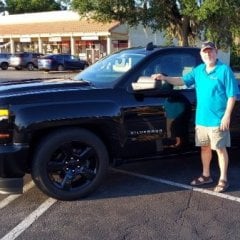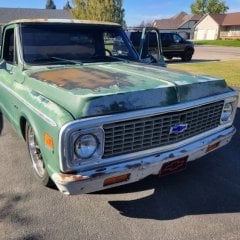Control Arm questions
-
Similar Content
-
- 0 replies
- 530 views
-
- 1 reply
- 533 views
-
- 5 replies
- 1,448 views
-
- 11 replies
- 8,725 views
-
- 2 replies
- 1,276 views
-
-
Recently Browsing 0 members
- No registered users viewing this page.
-
Forum Statistics
247.7k
Total Topics2.6m
Total Posts -
Member Statistics
-
Who's Online 9 Members, 1 Anonymous, 2,026 Guests (See full list)


















Recommended Posts
Archived
This topic is now archived and is closed to further replies.